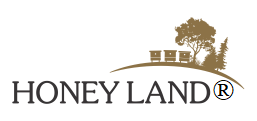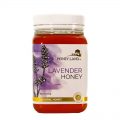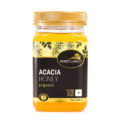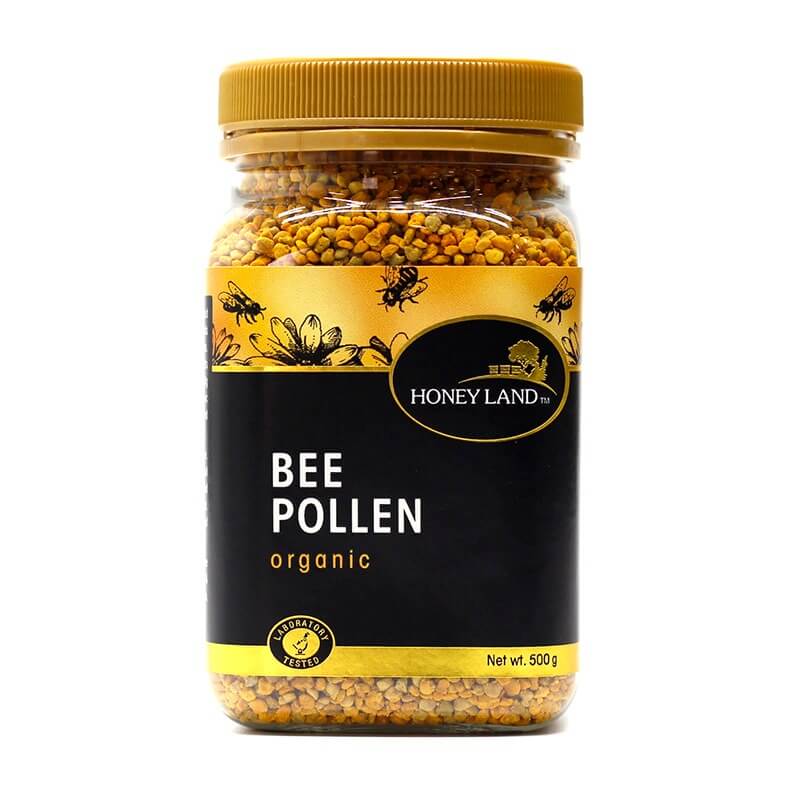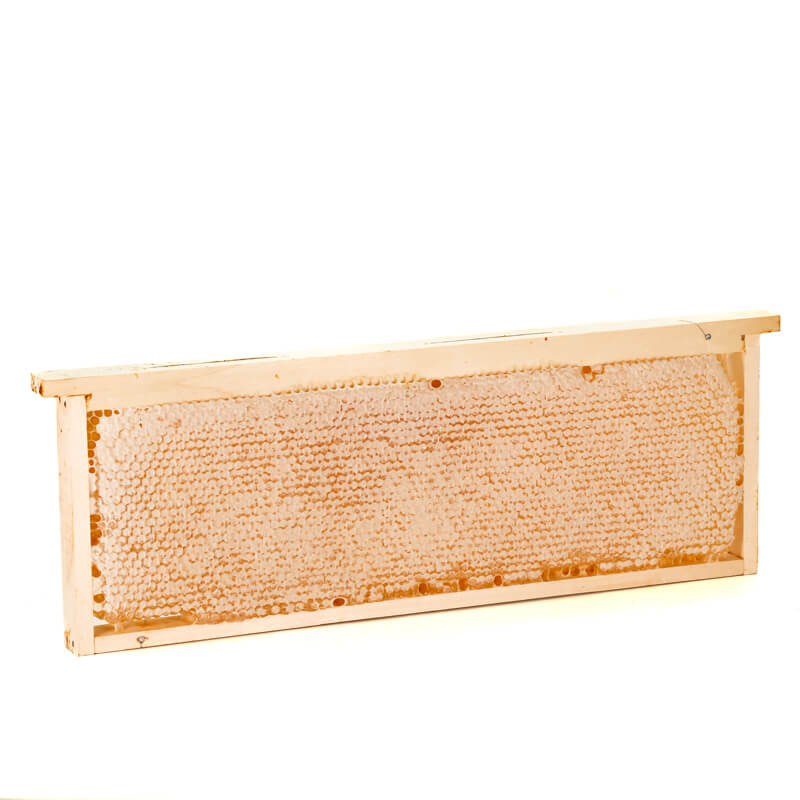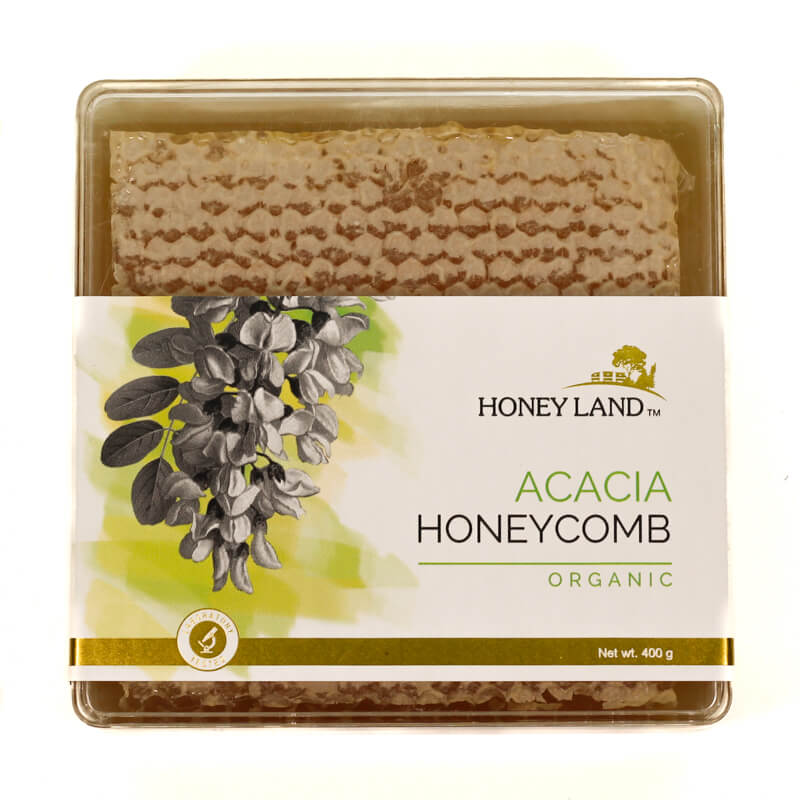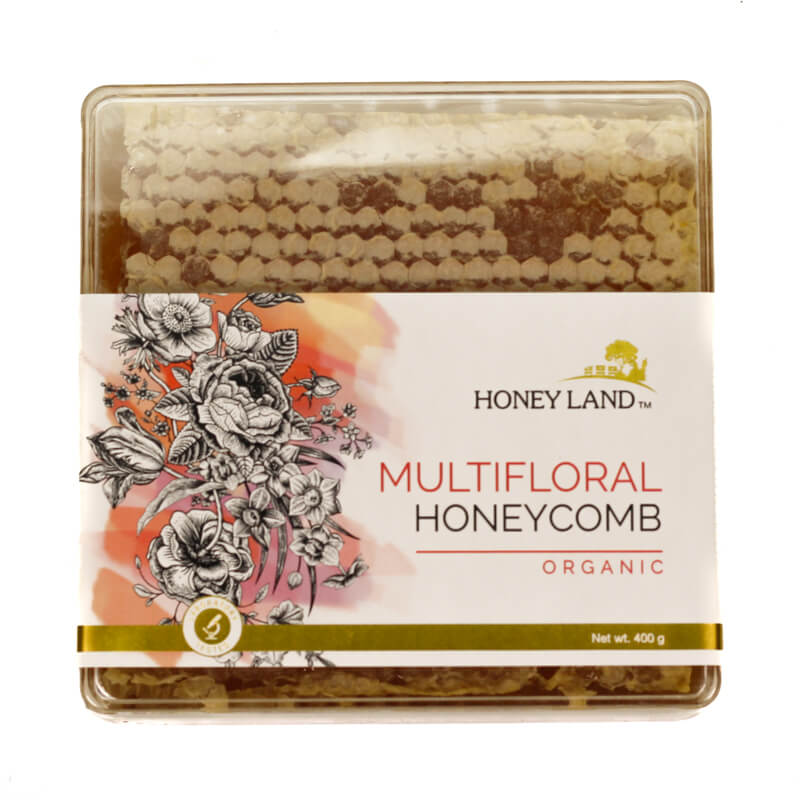Description
Bee pollen and therapeutic benefits:
According to the flower of provenience, the pollen can be of different types. This is important because such a unifloral pollen has constant composition and thus can be successfully used in nutrition and medicine.
Bee pollen is low in calories but rich in proteins. It is antibacterial, anti-fungal, antioxidant, radiation-protective and hepatoprotective, anti-inflammatory, anti-osteoporosis, anti-diarrhoea, immunomodulating, probiotic and prebiotic, anti-aging, antiatherogenic. Its ability to rejuvenate the body, stimulates organs, enhances vitality and accelerate rate of recovery makes it a very popular tonic among sportsmen.
HEALTH BENEFITS
According to the flower of provenience, the pollen can be of different types. This is important because such a unifloral pollen has constant composition and thus can be successfully used in nutrition and medicine.
Bee pollen is low in calories but rich in proteins. It is antibacterial, anti-fungal, antioxidant, radiation-protective and hepatoprotective, anti-inflammatory, anti-osteoporosis, anti-diarrhoea, immunomodulating, probiotic and prebiotic, anti-aging, antiatherogenic. Its ability to rejuvenate the body, stimulates organs, enhances vitality and accelerate rate of recovery makes it a very popular tonic among sportsmen.
- Antimicrobial activity:
- Different studies have been made and showed the following:
Pollen gathered from Ranunculus sardous and Ulex Europeans have shown antibacterial activity against: Pseudomonas aeruginosa, Staphilococcus Aureus and S. Epidermidis
- Turkish pollen has inhibitory effect against 13 different bacterial species pathogents for plants.
- Brazilian pollen has antibacterial activity against: Staphilococcus Aureus, Bacillus Subtilis, Pseudomonas Aeruginosa and Klebsiella Sp.
- Pollen also has similar antibacterial components as found in propolis and honey-combs, which are active against Streptococcus Viridans.
- Antioxidant activity:
- An antioxidant is a molecule capable of slowing down or preventing the oxidation of molecules. Nowadays the medicine says that the oxidative stress leads to the development of chronic and degenerative diseases like cancer, autoimmune disorders, aging, cataract, neurodegenerative, cardiovasculare diseases etc.
The antioxidant activity in pollen compared to that in most vegetable and fruits is 200 to 1000 times bigger.
- Anti-radiation and hepatoprotective properties:
- The pollen has an anti-radiation effect exactly like that of beta-carotene oil, the studies reported. Cistus Ladaniferus pollen was proved to have the highest effect.
With a powerful hepatoprotective effect: Cardus and Castanea.
- Chemopreventive and anticancer activity:
- Pollen contains the following flavonoids: quercetin, rutin, chyrisin. There have been made a lot of studies and researches which included: Brassica, Salix Alba, Cystus Incanus, Rosa Rugosa.
- Antiinflamatory activity:
- Inflamation of tissues and cells are caused by biological or physical agents and free radicals. The Pine Densiflora pollen have antinociceptive and antiinflamatory properties. The same activity was detected in Cistus pollen originated in Spain.
- Anti-osteoporosis activity:
- Osteoporosis is a reduced bone strengh due to reduction in bone mass/arhitecture that increase the fracture risk. The Cistus Ladaniferus was proved to have stimulatory effects on bone formation (in vitro). For this it was used pollen dissolved in water.
- Anti-anaemia activity:
- A reduced number of red cells was increased using 10 g/kg/ day of multifloral bee pollen.
- Anti-diarrheal activity:
- Eucaliptus globulus and Salix atrocinerea
- Anti-allergenic activity:
- In folk medicine, pollen was always used in small doses to heal hay fever, but recently the allopathic medicine confirmed that some flavonoids in pollen exert anti-allergic and anti-hay fever effects. There are some vaccines and drugs that are been made and manyother are in testing:
Gramineae pollen vaccine against hay fever has proved very good results so far.
Aqueous pollen extract was used with very much success in house-dust asthma.
Pollysat decreases the symptoms of hay fever.
Homeopathy also uses grass pollen preparations in treating hay fever.
